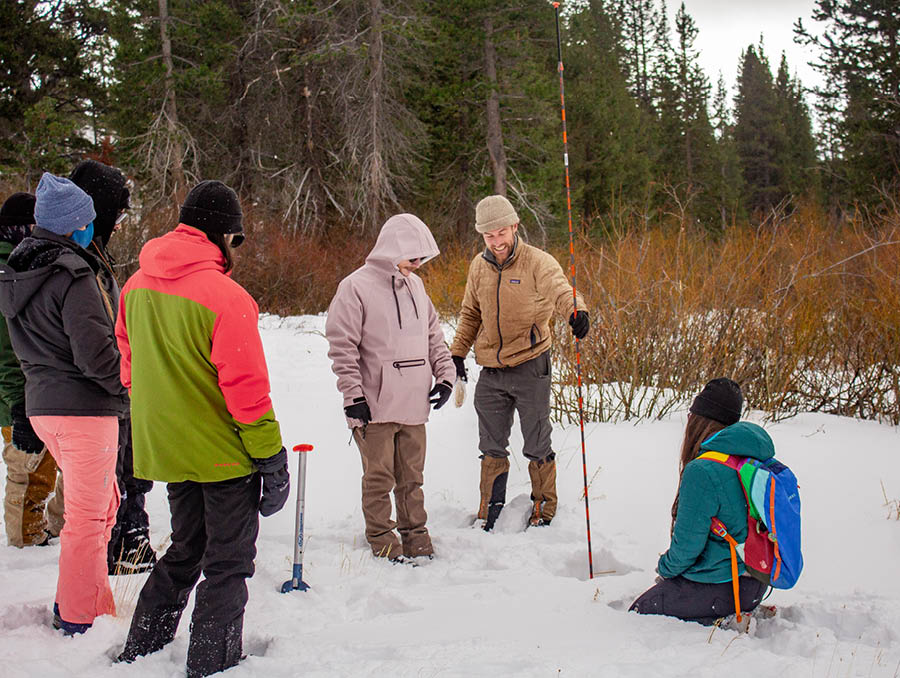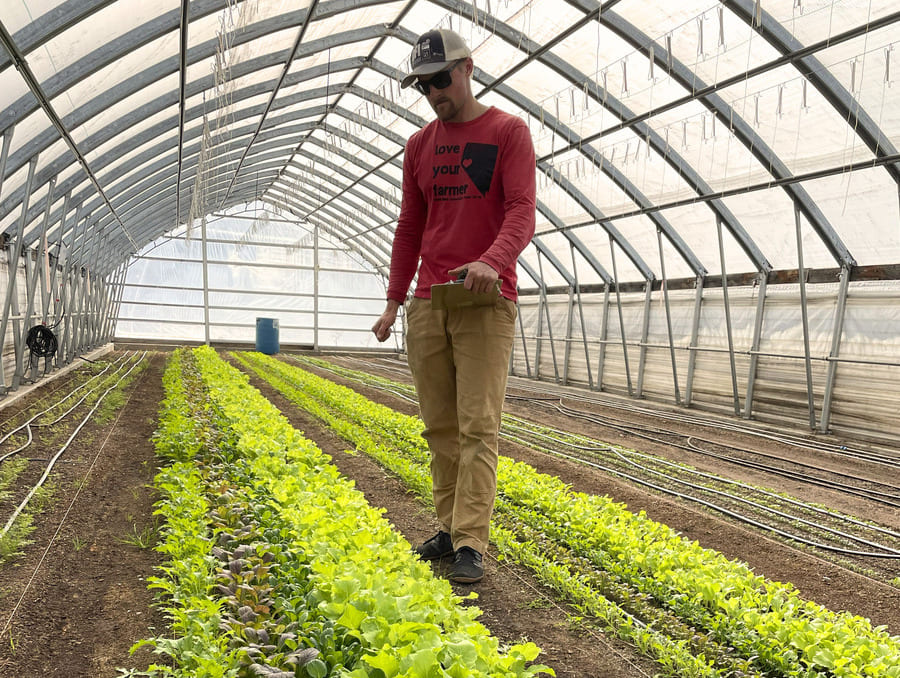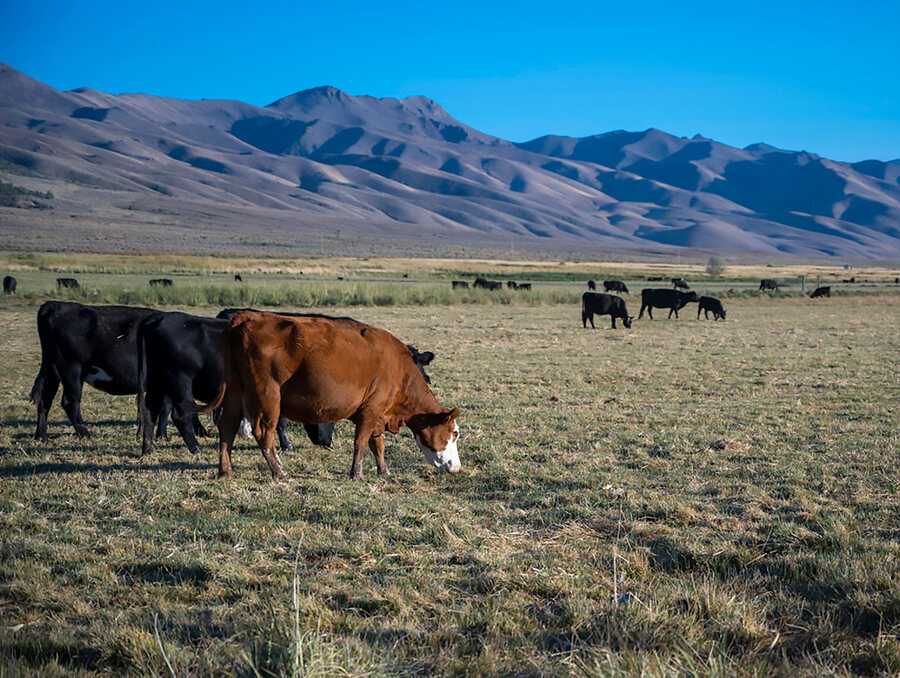The University of Nevada, Reno at Lake Tahoe’s Wayne L. Prim Campus, nestled in the mountains and surrounded by pines, provides researchers, faculty and students with a vast outdoor laboratory that brings coursework to life. Many classes at the University’s Lake Tahoe campus, like Chris Smith’s Ecology and Population Biology class, allow students to learn from faculty currently researching the area, and to have access to an ecosystem that helps them forge tangible connections to the material from their textbooks.
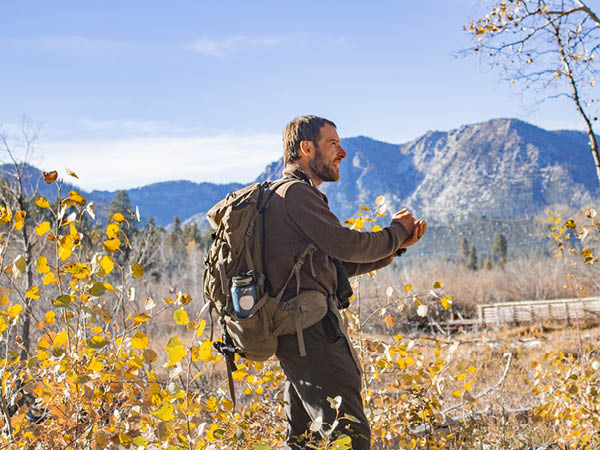
Smith has taught courses at the University of Nevada, Reno at Lake Tahoe since 2020, primarily focusing on ecology, natural history and statistics. During his time on campus, he has developed a curriculum that elevates his coursework by bringing course material to life through experiential learning in outdoor labs and trips. This semester, Smith’s Ecology and Population Biology class brought students outdoors on various occasions. During the field day trips, students observed the ecology of Taylor Creek in South Lake Tahoe during the annual Kokanee Salmon spawning, for example, and took a deeper look at snowflake structure, snowpack and avalanche science, wildlife adaptations to winter in Tahoe Meadows, and measured old-growth trees and tree rings on stumps in Mount Rose Meadows to understand their history and record climate change impact on stumps.
“I've seen the field components really have an enormous impact on students,” said Smith, “We read about these things in textbooks, but we actually experience them and have connections and interactions with them. It makes that material come to life for students – not only do they remember it better, but they take away a personal connection to that experience.”
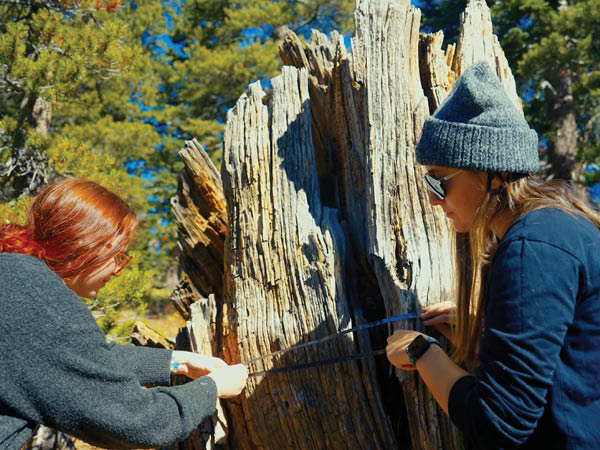
During a fall field course, he and his students drove up to Mount Rose Meadows to take an in-depth look at the ecology of the region and used information gathered during the lab to study historical impacts on the region and what it means for the future of the forest.
“150 years ago, all of most of the Lake Tahoe Basin was cut over for the mining over in Virginia City,” Smith said, “They left a few stumps, and it's possible for us to go back and measure the diameter of these stumps to reconstruct the structure of the old forests. We can then compare the current structure of the forest 150 years later in our present day, to see if they have recovered to the point where they were 150 years ago.”
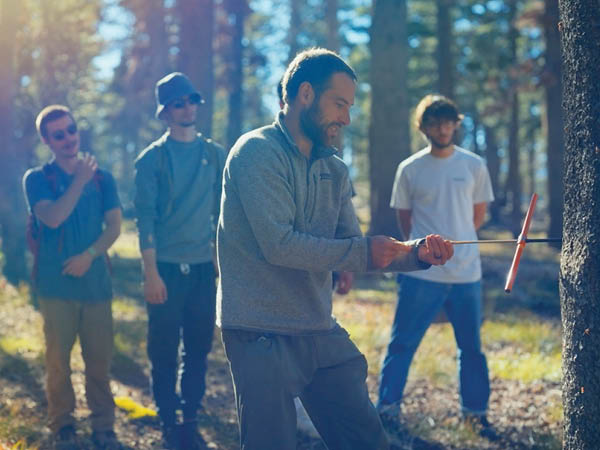
The group also visited a high-elevation meadow under threat from climate change.
“During the lab, we talked about succession and trees starting to invade these open grassy spaces that are often wetter, and with climate change drying things out and changing winter conditions, lodgepole pine trees especially are moving into these areas. It’s easy to drive past the meadow and not pay attention to it at all. But when you stop and look, you can see these trees that are slowly moving into the middle of the meadow, and maybe in 100 years, many of these meadows may not be here. It's cool to be able to see that and talk about it and open students’ eyes to maybe something they've been seeing for years of their lives.”
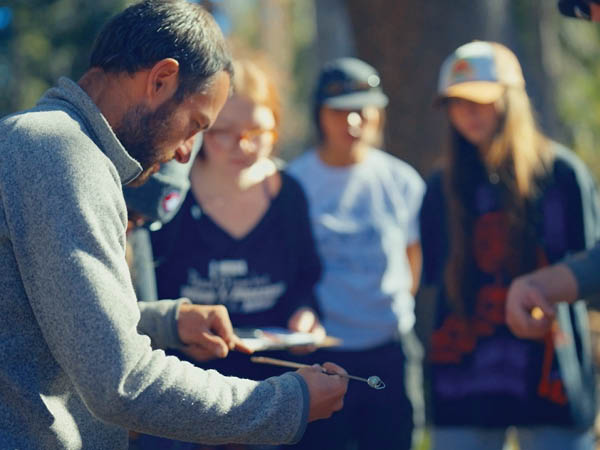
Smith’s courses provide more than just hands-on class content; getting students out into the field is also paramount in creating a connection between students and the area, promoting environmental stewardship and a love for the region. This connection, Smith states, develops a passion for the land and the area that drives students to care about the environment.
“My hope is that the coursework in my classes gives students a connection to Lake Tahoe that ultimately gives back to the health of the lake,” Smith said, “When students care about a place and form a personal connection with it, they naturally want to take care of it. In all my courses, I hope to create a connection so that students gain a deeper appreciation of what's around them, and my hope is to show how important the health of Lake Tahoe is.”
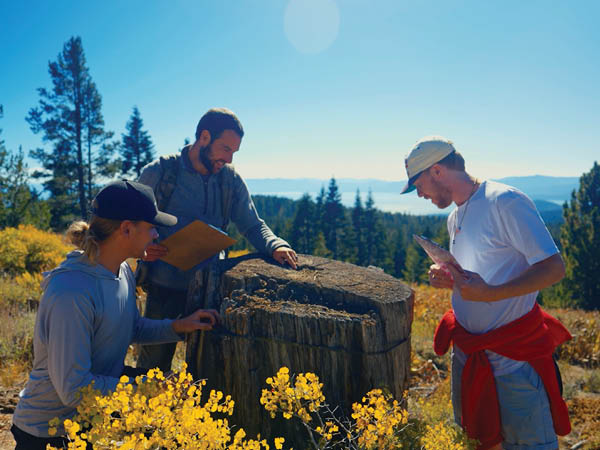
Smith’s course, like many courses at the Lake Tahoe campus, offers an unmatched experience for all students, breaking the boundary between disciplines to focus on interdisciplinary collaboration with coursework, projects and research that focus on the lake.
With classes and coursework modeled after the United Nations Sustainable Development Goals, students can earn a Sustainability Certificate while honing in on skills in their field with knowledge that aims to protect the environment through practice and thoughtful communication. To fill out an interest form for a semester at Tahoe or to learn more, visit the University of Nevada, Reno at Lake Tahoe website.
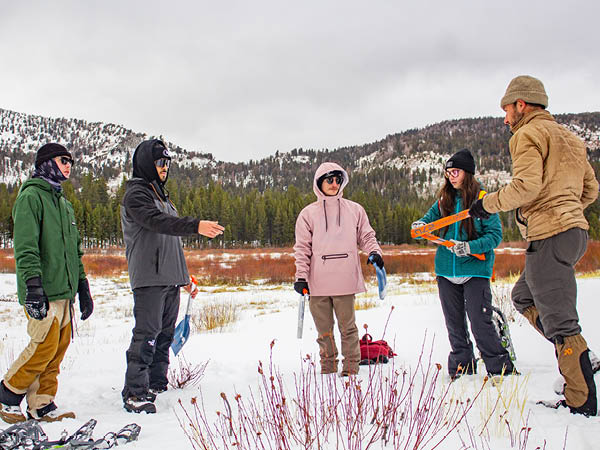
About the University of Nevada, Reno at Lake Tahoe
Located less than one mile from the shoreline of Lake Tahoe, the University of Nevada, Reno at Lake Tahoe’s Wayne L. Prim Campus merges experiences across education, research, creative and scholarly work in a stunning mountain environment. Beginning Fall 2024, undergraduate students are invited to earn their Certificate in Sustainability during a single-semester program that will incorporate outdoor and experiential learning into the coursework. Events and activities throughout the semester encourage a deep sense of community while inspiring environmental stewardship of the Lake Tahoe Basin and all our planet's most precious natural resources.
In addition to its education offerings, the campus offers a robust program of community events and private conferences, welcoming the brightest minds in science, art and sustainability to Lake Tahoe.
The 18-acre setting in Incline Village includes 10 classrooms, several meeting/conference rooms, both large and medium events spaces, a cafeteria and catering service, highly equipped laboratories, 88 dorm rooms and the Lou Sardella Student Commons Lawn. The natural setting provides a living laboratory and serves as creative inspiration for both scientists, artists and students alike.
